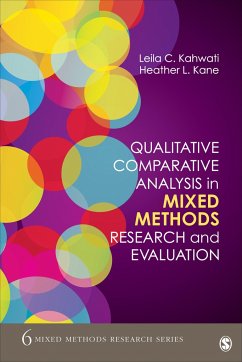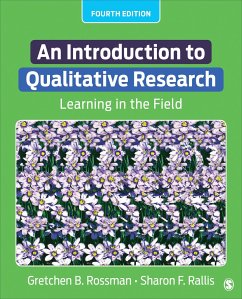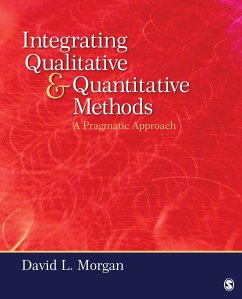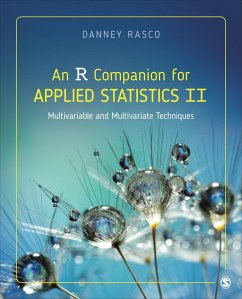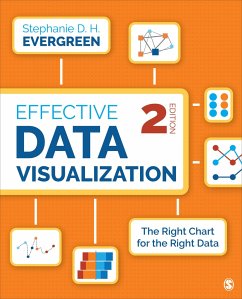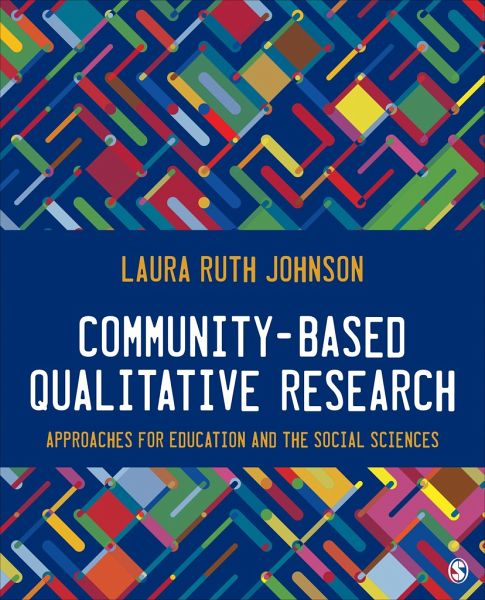
Community-Based Qualitative Research
Approaches for Education and the Social Sciences
Versandkostenfrei!
Versandfertig in 2-4 Wochen
114,99 €
inkl. MwSt.

PAYBACK Punkte
57 °P sammeln!
This book provides an introduction to community-based ethnography and other applied approaches to conducting qualitative research. It offers both a background in related theory and research, as well as hands-on activities and step-by-step guidelines.
Dieser Artikel kann nur an eine deutsche Lieferadresse ausgeliefert werden.



